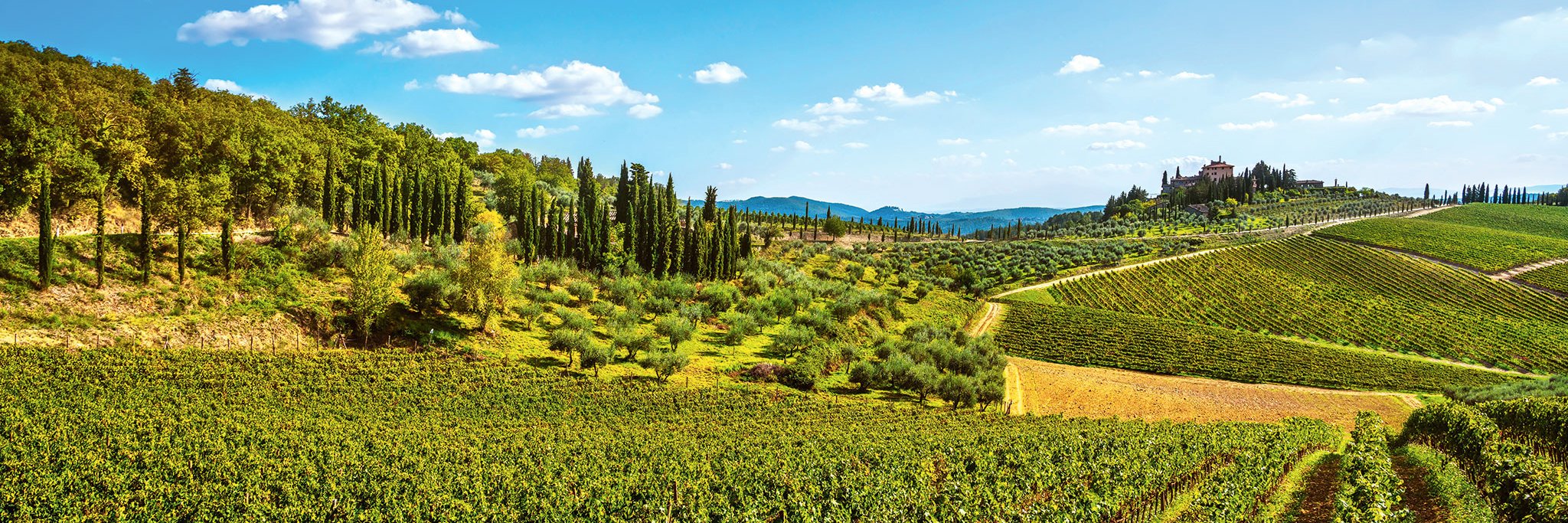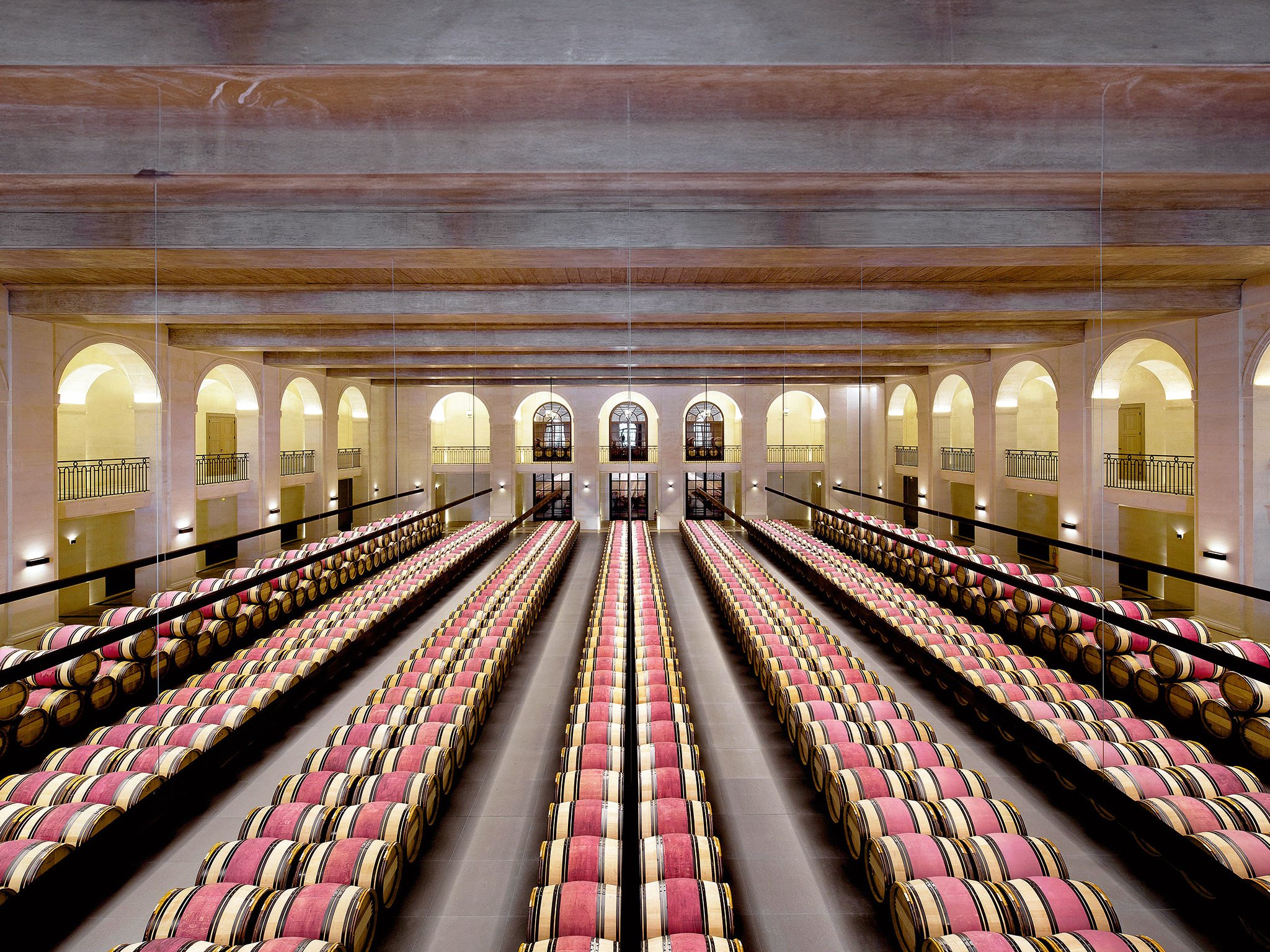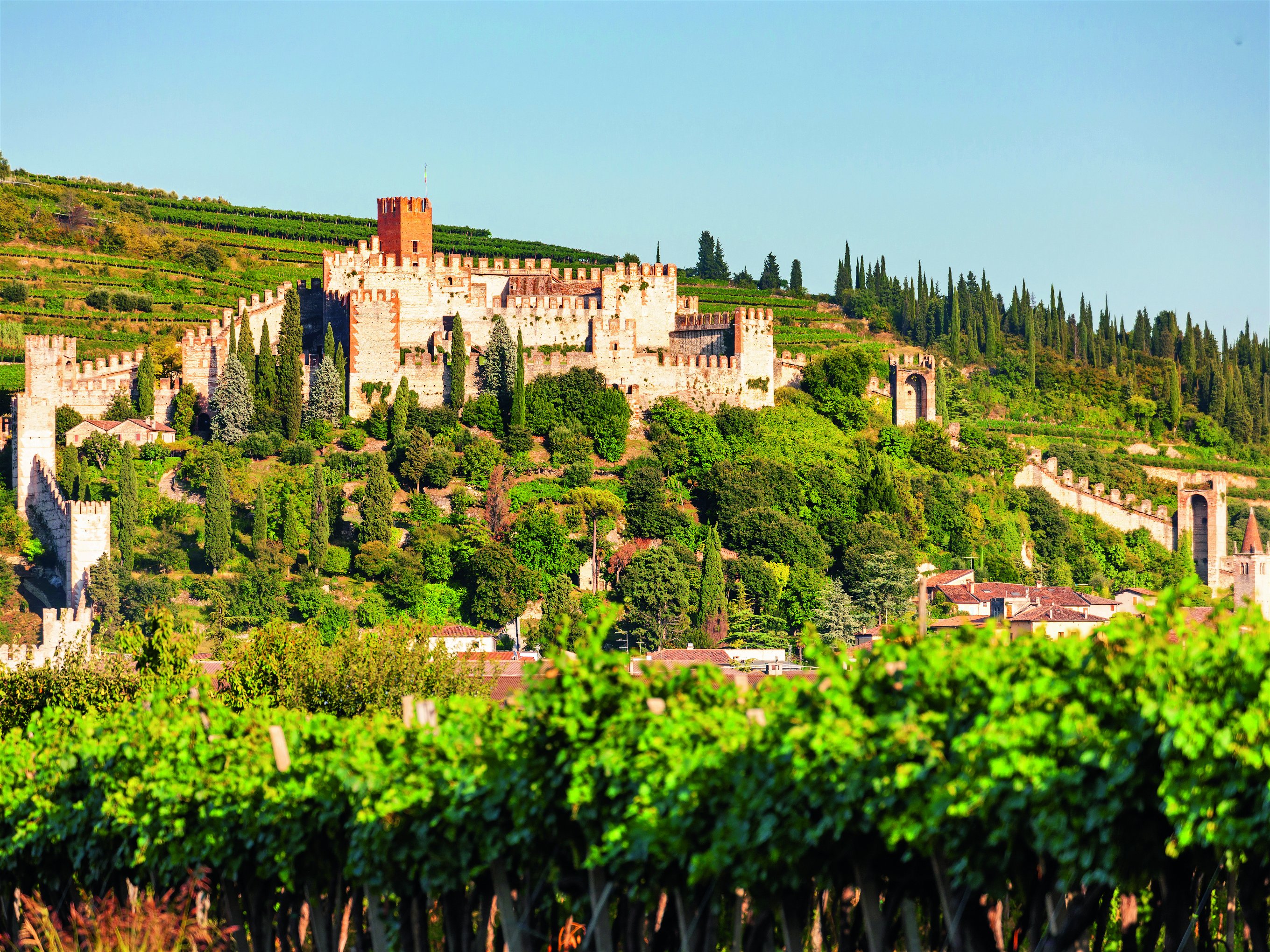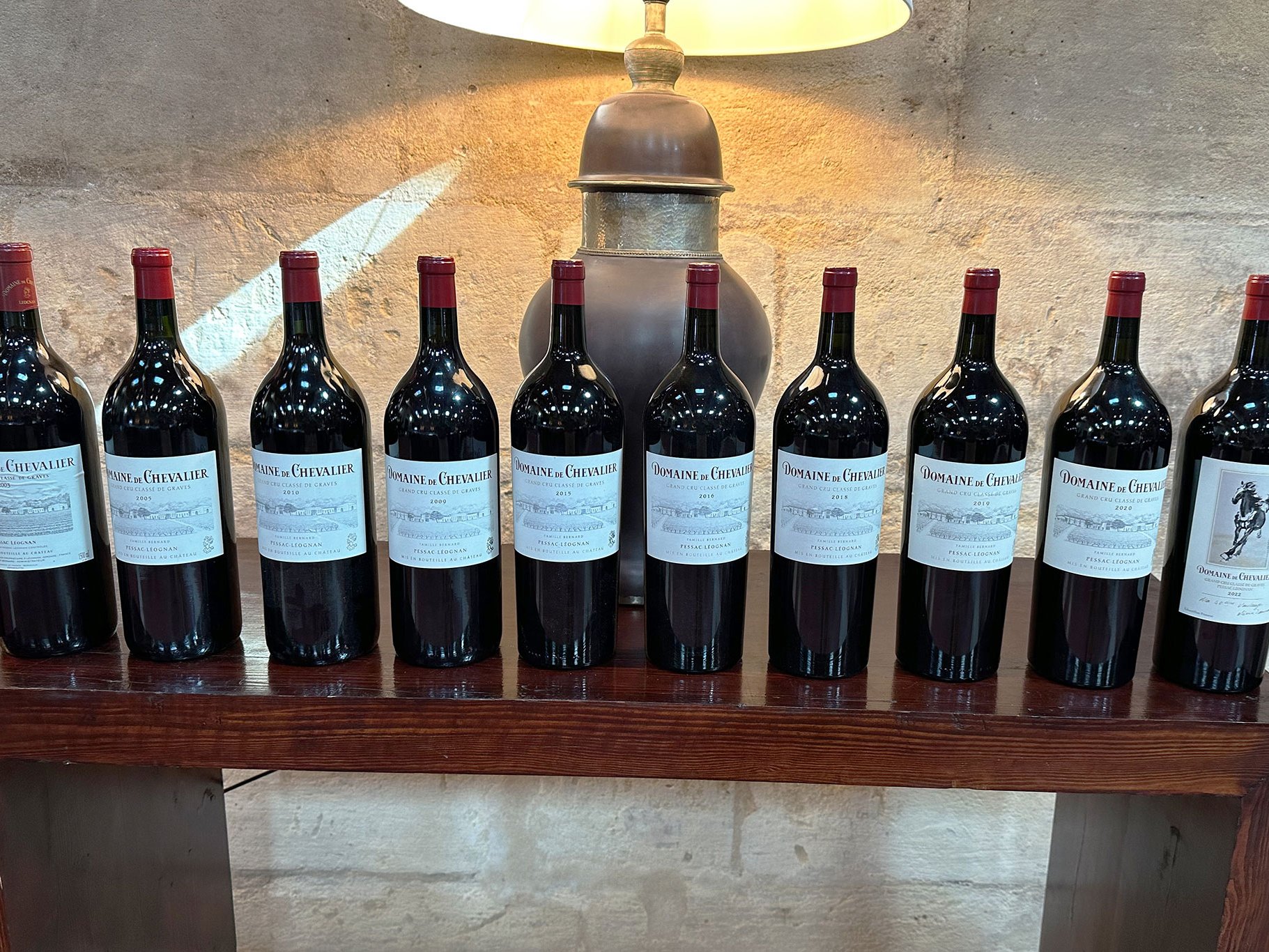Proud Supertuscans: Best of Toscana Centrale 2024
The Supertuscans were created in the 70s and 80s as a protest against production regulations that had become obsolete. Under the simple name "Vino da Tavola", quality-conscious winegrowers created wines that made the world sit up and take notice.
Supertuscans are the result of the renaissance of Tuscan wine in the 1970s and 1980s. In the production regulations for Chianti Classico, the most important denomination in the central hills of Tuscany, the addition of white grape varieties was still mandatory at the time. In response, many committed winegrowers began experimenting with French varieties, primarily Cabernet Sauvignon and Merlot. They wanted to give the then weak-chested and highly acidic Sangiovese more substance. Other winegrowers concentrated on the traditional Sangiovese variety and produced a single-varietal wine from it. Both variants were not permitted by wine law, the creative way out was called "Vino da Tavola".
In the mid-1980s, the British Master of Wine Nicolas Belfrage was the first to aptly describe the multitude of these new wines as Supertuscans. Three variants of Supertuscans have developed over the years. The most common is Sangiovese with the addition of Cabernet Sauvignon, which can sometimes be replaced by Merlot or Syrah. A prime example of this is Antinori's Tignanello. A second variant is the single-varietal Sangiovese. The best examples of this are Le Pergole Torte from Montevertine, Flaccianello from Fontodi and Cepparello from Isole e Olena. A third variant are wines with no or very little Sangiovese at all: Sammarco from Castello dei Rampolla, Solaia from Antinori, and later Oreno (Sette Ponti), Giorgio Primo (La Massa), Galatrona (Petrolo) or Tenuta di Trinoro.
Toscana Centrale 2024
Area profile
The varieties
Of course, Sangiovese, the dominant red wine variety in Tuscany, also plays an important role in the Supertuscans. However, many of the Supertuscans are cuvées, created at the time to give the Sangiovese more substance. In a blend with Cabernet Sauvignon, Cabernet Franc, Merlot and Syrah. But they can also be single-varietal.
The area
Under "Toscana Centrale" we summarize the traditional wine-growing regions in the interior of Tuscany; primarily Chianti Classico, Chianti Rufina, Carmignango, Montepulciano and Montalcino. But Valdarno, Orcia, Montecucco and San Gimignano are also included.
Don't miss out!
Sign up now for our newsletter.







